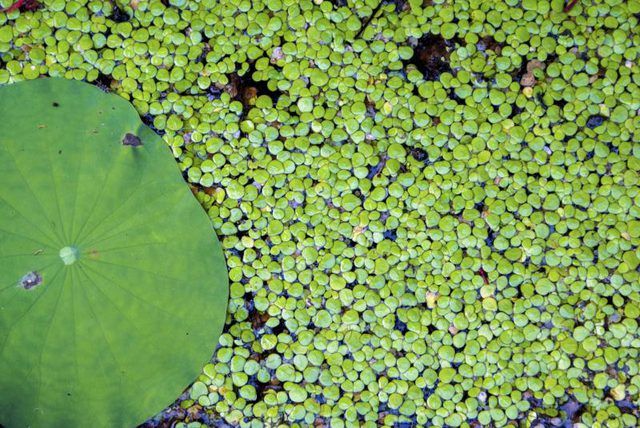Bulbs
Flower Basics
Flower Beds & Specialty Gardens
Flower Garden
Garden Furniture
Garden Gnomes
Garden Seeds
Garden Sheds
Garden Statues
Garden Tools & Supplies
Gardening Basics
Green & Organic
Groundcovers & Vines
Growing Annuals
Growing Basil
Growing Beans
Growing Berries
Growing Blueberries
Growing Cactus
Growing Corn
Growing Cotton
Growing Edibles
Growing Flowers
Growing Garlic
Growing Grapes
Growing Grass
Growing Herbs
Growing Jasmine
Growing Mint
Growing Mushrooms
Orchids
Growing Peanuts
Growing Perennials
Growing Plants
Growing Rosemary
Growing Roses
Growing Strawberries
Growing Sunflowers
Growing Thyme
Growing Tomatoes
Growing Tulips
Growing Vegetables
Herb Basics
Herb Garden
Indoor Growing
Landscaping Basics
Landscaping Patios
Landscaping Plants
Landscaping Shrubs
Landscaping Trees
Landscaping Walks & Pathways
Lawn Basics
Lawn Maintenance
Lawn Mowers
Lawn Ornaments
Lawn Planting
Lawn Tools
Outdoor Growing
Overall Landscape Planning
Pests, Weeds & Problems
Plant Basics
Rock Garden
Rose Garden
Shrubs
Soil
Specialty Gardens
Trees
Vegetable Garden
Yard Maintenance
What Are Some Adaptations of Duckweed?
What Are Some Adaptations of Duckweed?. In summer, a calm pond covered with a coating of many tiny green leaves, often mistakenly thought of as algae, is a common sight. A favorite food of ducks, and named after them, most of these little floating plants belong to lesser duckweed (Lemna minor). Several kinds of plants have the same aspect as lesser...

In summer, a calm pond covered with a coating of many tiny green leaves, often mistakenly thought of as algae, is a common sight. A favorite food of ducks, and named after them, most of these little floating plants belong to lesser duckweed (Lemna minor). Several kinds of plants have the same aspect as lesser duckweed and often grow along with it, but they are hard to tell apart, and for practical purposes they're all called duckweed. Lesser duckweed is the most widespread species, and it grows in U.S. Department of Agriculture plant hardiness zones 4 through 10.
Reduced Size
One of the reasons for duckweed's success is its small size. It spreads easily on top of slowly moving waters in wetlands. The small plants cling to duck feathers and feet, hitching a ride to the next body of water. Each individual duckweed plant is about 1/4 inch across. Officially it's not a leaf, but a modified stem, called a thallus or frond. Duckweeds occasionally produce tiny flowers in pouches that you would hardly notice even if you knew what to look for. Duckweed seeds stay in the pouch, released to sink to the bottom of the pond when the duckweed dies. Not hampered by masses of roots, common duckweed has just one short root dangling down. Other kinds of duckweed may have seven to 12 roots or none at all.
Fast Growth
Another factor in duckweed's success is how quickly it grows. Duckweeds bud off daughter plants, forming chains of new plants. Each plant lives for one or two months and produces up to 12 plants in its lifetime, each of which buds in turn. It's an important food for fish, turtles, ducks and other migratory waterfowl, and larger animals such as beavers, muskrats and herons. The growth is so fast that people may think of it as a nuisance, such as when it quickly covers the surface of your koi pond. Bioremediation programs use quick-growing duckweed to help remove excess fertilizer from agricultural runoff waters or to treat wastewater. Duckweed is also grown as a crop harvested for fertilizer or livestock feed.
Structural Changes
Duckweed has some built-in features that help it survive and thrive. Duckweed has air spaces trapped within the plant's body that help the plant to stay afloat. Called aerenchyma, these air spaces are scattered throughout the plant. The little roots help stabilize the plants. Because of their small size and aquatic environment, duckweeds don't need fiber to support the plant, so most of the plant's tissue is devoted to producing food, helping it to grow quickly and be a productive food source.
Drought and Cold Survival
Duckweed plants die if they dry out or are exposed to below-freezing temperatures. They can stay alive if they rest on wet mud. Two life stages help them remain in bodies of water despite drought or cold. Seeds remain dormant during both cold periods and if the water dries up, sprouting when conditions are favorable for plant growth. To survive cold, duckweeds can bud off a starch-filled structure called a turion that sinks to the bottom. Warm water starts it growing, and then it floats to the top of the water.